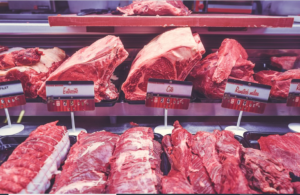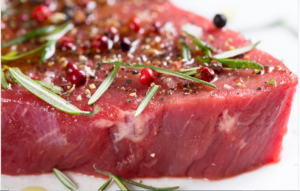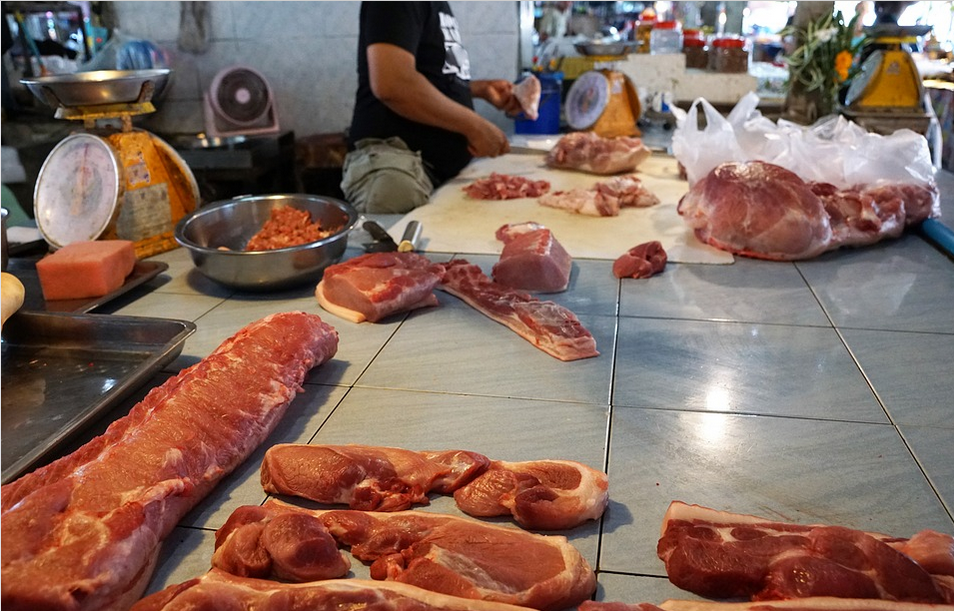Meat is a crucial component in our diet since it supplies the body with essential nutrients like vitamin B complex, muscle-building proteins, vitamin C, calcium, phosphorus, and omega 3 fatty acids. Also, there is room for culinary creativity with meat. However, when you don’t buy the best meat quality, you might experience health problems.
Therefore, to get all nutrients from meat and avoid the harmful effects, you need to keep some critical factors in mind when purchasing it. In addition, if you want a fantastic meaty treat, you can buy 1kg biltong and enjoy the high-quality natural protein, which is flavorful and with no chemical additives.
Below are some considerations when choosing meat:
Check the Color
 Meat colors tell a lot about its freshness. Fresh poultry meat should be light pink or white and should not have a green tint, more so at the joints. Avoid meat with bruises or clots on the surface. When purchasing red meat, it should be bright red. It might appear brownish when it is vacuum packed, meaning that the quality is good and will not spoil when you refrigerate. Avoid meat with purple or brown colors since that indicates it is from an old animal or about to expire.
Meat colors tell a lot about its freshness. Fresh poultry meat should be light pink or white and should not have a green tint, more so at the joints. Avoid meat with bruises or clots on the surface. When purchasing red meat, it should be bright red. It might appear brownish when it is vacuum packed, meaning that the quality is good and will not spoil when you refrigerate. Avoid meat with purple or brown colors since that indicates it is from an old animal or about to expire.
Consider the Firmness
Fresh meat should be neither too tough nor too soft. You can check this by pinching. When you press high-quality beef, it should bounce back to the original shape. When you squeeze the meat, and it cannot gets back to its original form, it indicates long storage. Also, you should see meat muscle fibers with your naked eyes, and when you touch, your fingers should be dry than sticky. Finally, fresh red meat does not fall off easily when you cut.
Check the Meat Surface
 When you look at red meat closely, you notice fibers that indicate whether it is tender or tough. Coarse meat grains with numerous muscle fibers that you can see mean it is tough with more flavor.
When you look at red meat closely, you notice fibers that indicate whether it is tender or tough. Coarse meat grains with numerous muscle fibers that you can see mean it is tough with more flavor.
Therefore, you can select such cuts for slow and low-heat cooking. On the other hand, when you purchase beef tenderloin, you notice no such grains that mean it will be tender when you cook.
Take Note of the Smell
The quickest way to tell meat freshness is by judging its smell. Regardless of the type of meat, when you notice a strong or pungent odor, do not buy it. For example, red meat needs to have a goat or lamb smell with no variations in it. With poultry meat, there should be no strong odors but might sometimes have a meaty aroma. If you notice an unpleasant smell, the chances are that it is not fresh.…

